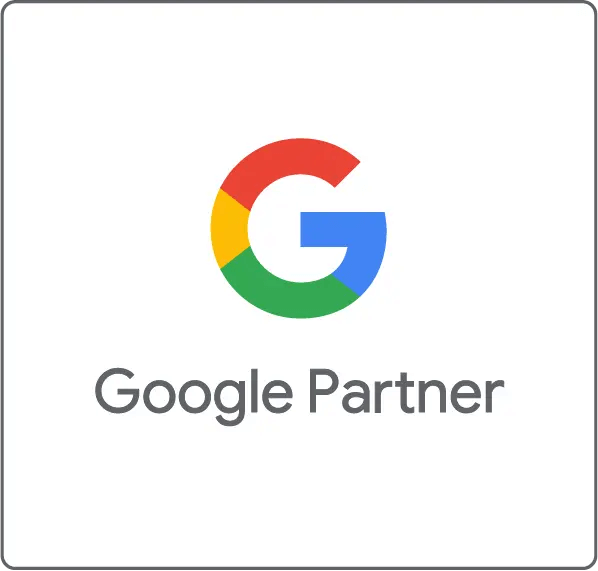As a business owner in today’s digital age, you know how important it is to have a strong online presence. But did you know that image optimisation for SEO can have a significant impact on your digital marketing strategy? In this blog post, we’ll explore the ins and outs of image optimisation and how it can benefit your business. Don’t worry, we’ve got you covered. Keep reading to find out more!
The Importance of Image Names
Choosing the right image names is easy when you know how. Here are some tips to get started:
- Use Relevant File Names: Make sure your image names accurately describe the content. Specific and descriptive names like “young-boy-playing-catch-with-dad.jpg” are preferred over generic names like “child.jpg.” Aligning your image names with the actual content helps search engines understand your images, boosting your website’s SEO.
- Avoid Keyword Stuffing: Use keywords naturally and only if they are relevant to the image. Don’t force them in for the sake of it as clarity and relevance are key to providing a seamless user experience.
- Keep Image Names Short: Aim for descriptive names that are easy to remember and understand. Lengthy phrases or unnecessary words may confuse both search engines and users, so let’s keep it concise!
- Use Hyphens, Not Underscores: When separating words in image names, use hyphens (-) instead of underscores (_). Search engines interpret hyphens as word separators, making your image names more readable. For example, “Black-dog-playing-fetch.jpg” is preferred over “Black_dog_playing_fetch.jpg.”
The Power of Alt Text
Alt text is a secret ingredient for accessibility and SEO. Here’s how to optimise it:
- Include Product Name or Number: If applicable, incorporate the product name or number in the alt text. This provides additional information to both users and search engines, enhancing understanding and relevance.
- Avoid Keyword Stuffing: Use keywords naturally if they fit within the description. Focus on providing clear and specific alt text that accurately represents the image.
- Be Descriptive and Specific: Describe the image in a concise and descriptive manner. Provide enough information for users and search engines to understand the image’s content, purpose, and relevance.
- Focus on Clarity: Prioritise clarity over being overly creative or tricky with your alt text. The primary goal is to assist users and search engines in comprehending the image. Be clear, concise, and avoid misleading descriptions
Optimising your image names and alt text is a valuable strategy for improving your website’s SEO. Lateo Solutions specialises in paid search campaigns and SEO optimisation to maximise your digital marketing efforts. By following the best practices we’ve shared, you can enhance your search engine rankings, improve user experience, and make your paid campaigns even more effective.
If you need help with your digital marketing strategy, reach out to Dale and the team at Lateo Solutions. With offices based in Australia and the UK, we’re here to help you succeed in the ever-evolving world of digital marketing. Book a discovery call or send us an email today to get started!
Be sure to follow us on Linkedin and Instagram for regular tips for your business!


